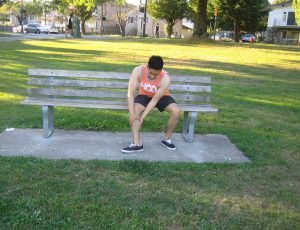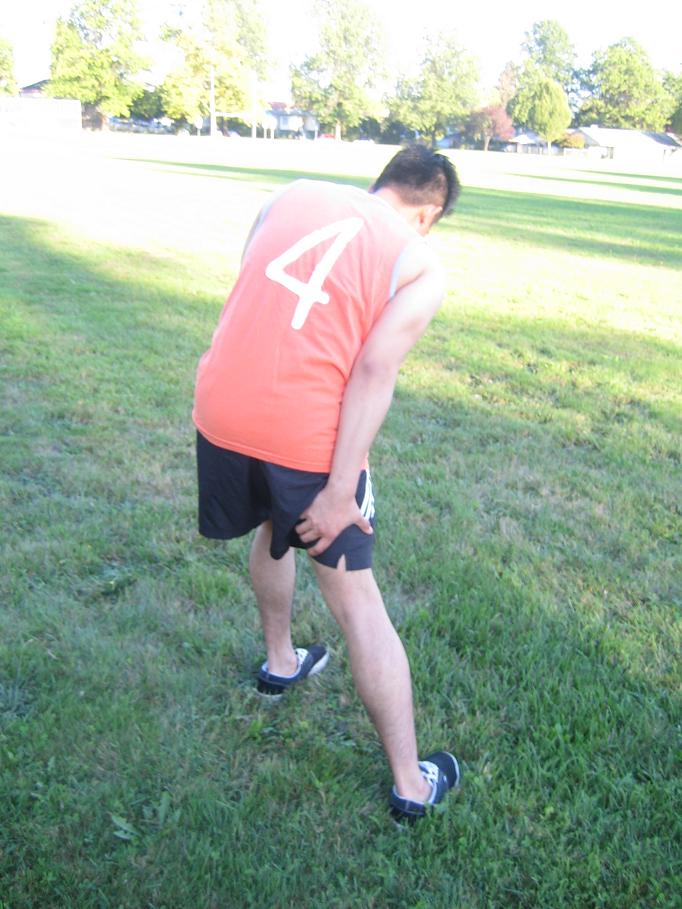Tennis leg involves a tear that is usually caused by a sudden muscular action such as reaching forward to hit a ball while playing tennis. The plantaris is a thin cord with a long tendon found along the Achilles tendon on the back area of the calf. It functions in flexing the knee and the ankle, standing on the toes and pointing with the toes. The injury usually happens caused by a force or trauma to the leg while the knee is straight. Jumping or pushing off can cause tennis leg and these movements are common in tennis.
Causes of tennis leg
- Medial calf injuries are susceptible to middle-aged athletes
- Unconditioned muscles
- An athlete with a recurrent straining in the calf has been healed with a fibrotic scar tissue and cause rupture when the muscles are stressed.

Symptoms
- A popping sound can be heard immediately after injuring the medial calf
- Pain in the calf that spreads to the knee or the ankle and pain when moving the ankle.
- Swelling of the leg that spreads down the foot and ankle
- Changes in skin coloration or bruising
- Tenderness of the entire medial gastrocnemius muscle.
- Pain can be felt at the medial muscolotendinous junction.
- Palpitation of the Achilles tendon
- Cramps in the calf
- Blood clot in the calf
Treatment
- Take plenty of rest. Stop playing tennis and avoid leaning on the foot.
- Cool the affected area using an ice pack or cold running water for at least 10-15 minutes several times every day. Avoid placing ice directly on the skin to prevent further injury and worsen the condition. Wrap ice in a towel or small piece of cloth before placing to the affected area.
- Elevate the leg above the level of the heart.
- Apply compression bandage, to compress the small vessels in the calf and lessen the bleeding. Avoid wrapping it too tight to prevent stopping of circulation in the area.
- Use elbow crutches, to lessen weight placed on the foot. Wear a heel lift with shock absorption to lessen load on the calf muscles when walking.
- Perform gentle exercises such as walking, cycling or swimming for at least 30 minutes every day to increase flow of blood in the calf muscles and for fast recovery from tennis leg injury.
Tips
- Perform a complete warm-up before and a cooling down after the activity for at least 10 to 15 minutes. Perform stretching exercises especially for the calf muscles.
- Wear properly fitting tennis shoes with good shock absorption, and sideways stability.
- Massage the calf muscles when they are tense and stiff.
- Maintain strong calf muscles with plenty of rest in the training program. Cycling and running are good exercises for the calves.
FACT CHECK
https://www.webmd.com/fitness-exercise/picture-of-the-calf-muscle#1

